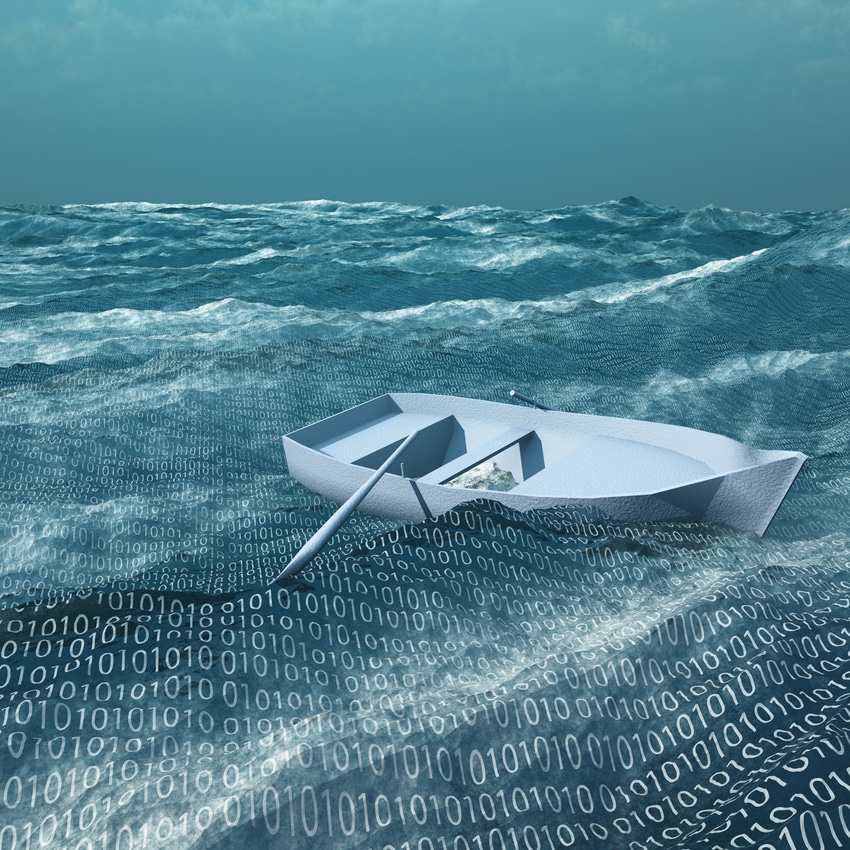IBM’s AI and edge computing technologies are going to guide a crewless boat to chart the same route the Pilgrims did 400 years ago.
February 21, 2020

IBM’s AI and edge computing technologies are going to guide a crewless boat to chart the same route the Pilgrims did 400 years ago.
I was at an IBM analyst event when I met Don Scott, CTO of Marine Ai, a venture that is working on an automatic boat, named “Mayflower”, which will sail from Plymouth, England, where the Marine Ai is based, to Plymouth, Massachusetts in September this year, 400 years after the original ship carried the Pilgrims across the Atlantic Ocean.
My first question was on why IBM, considering companies like Google would probably have more expertise in autonomous driving. The problem with Google seems to be two-fold. On one hand, Google demands that all new “knowledge” developed from their AI tools should be owned by Google. On the other hand, Google’s AI tools are not transparent enough to satisfy the maritime regulators.
On the other hand, Scott said IBM has responded to his request with enthusiasm. In addition to reversing Google’s position on those two pain points above, IBM is helping develop the boat’s control system on its Power System servers. Meanwhile, other partners in the projects, including the University of Plymouth, one of the world’s leading research institute of marine science, and the non-profit organisation ProMare, are training IBM’s PowerAI engine with real data from the ocean, for example recognising other ships, whales, floating debris.
The boat will be equipped with an edge computing module using the data from the AI engine to make onboard decisions, similar to the way autonomous cars are doing on the road. What is different is that, while autonomous cars are typically always online (it is one of the leading use cases for 5G, for example), connectivity to the internet when the boat sales out to sea will be sporadic at the best. It will use some satellite communication, but the majority of the computing will be done “on the edge”.
The motor power of the boat, which is made of aluminium and composite materials and measures 15 metres by 6 metres, will come from onboard batteries, charge with solar power and back-up biofuel generator. When I asked him what the boat can do in addition to charting ocean geography, Scott said the first mission would include measure the level of microplastic in the sea, which has increasingly become a big concern for those of us that worry about the environment. In the future, similar sea vessels may even be used to clean the ocean.
I was fully aware that Marine Ai was present at the event because it is a showcase for IBM technologies. However, I could not deny that the project fascinated me in its own right. If edge computing and AI, as well as cloud computing and satellite communication, are pushing the boundary of what they can do, this should count as one case.
About the Author(s)
You May Also Like








.png?width=300&auto=webp&quality=80&disable=upscale)


_1.jpg?width=300&auto=webp&quality=80&disable=upscale)


.png?width=800&auto=webp&quality=80&disable=upscale)